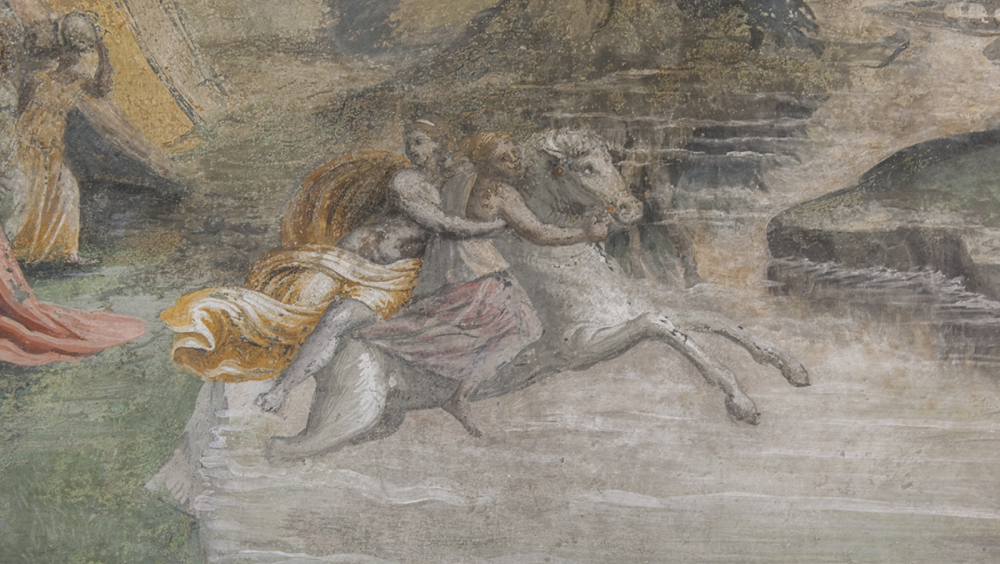Tales of Ladies in Palazzo Besta
My name is Alba Besta, I lived in the XVII century, in Teglio Valtellina, a borderland between two countries, two cultures, two religions, and I‘d like to tell you the story of my family’s women. Let me lead you through the ancient rooms of my mansion where you will meet three interesting women who have lived here during Renaissance and religious conflicts. I will not spoil the stories of my ancestress, as brave as Ariosto's heroines. I wait you in Teglio. It’s a promise.
What would Ariosto be without his women? Angelica, Ginevra, the entangling Gabrina… who cares about Orlando! Everyone knows that women are the true main characters in Orlando Furioso’s story. And these heroines are what the visitors look for when they come to Teglio.
And yet what most of them do not know is, that women also played a leading role in the history of the mansion where we are now. My family’s women, the Besta ladies.
You will hear the tales of four women, Ippolita, Agnese, Anna and myself, Alba. We lived through more than a century, during glorious and terrific time: the Renaissance and the spreading of Protestan Reformation, between dreams of knights and ladies and bloody wars, philosophy and politics. Here, for a short while, two religions shared the same churches and a peaceful coexistence of faiths had seemed possible.
You will meet them in my mansion, in the very heart of the Alps, on the border between two countries, where different cultures and different religions met many times in the past, treasured these stories and many others told by other cultured, brave, special women. These stories are still relevant today and deserve to be told. You can bring them to life inside my house, Palazzo Besta, during the exhibition that other women are organizing for the European Heritage Days 2018.
(contact details: Flora Berizzi - flora.berizzi@beniculturali.it)
We tell the stories of four women, who lived during the Renaissance in a small village in the very north of Italy, in the heart of the Alps. This region, that now appears as squashed between mountains, far from crowded cities, at those times bore the burden of being the main cross-land between the north and the south of Europe. It saw armies passing, it gave shelter to intellectuals escaping from Inquisition or willing to stay away for a while, it listened to Protestant sermons and it made peaceful coexistence of faiths possible, and then fought again for religion. For us, history one could meet here has a true European Dimension. Here some crucial events for European history happened in the past, and here one could still be part of a shared common history. The cultural inheritance and the story it tells clearly show their links to a common past and lead the way to build a common future. Moreover these stories are told by women, testifying that a different and unusual gaze on history is still possible.
